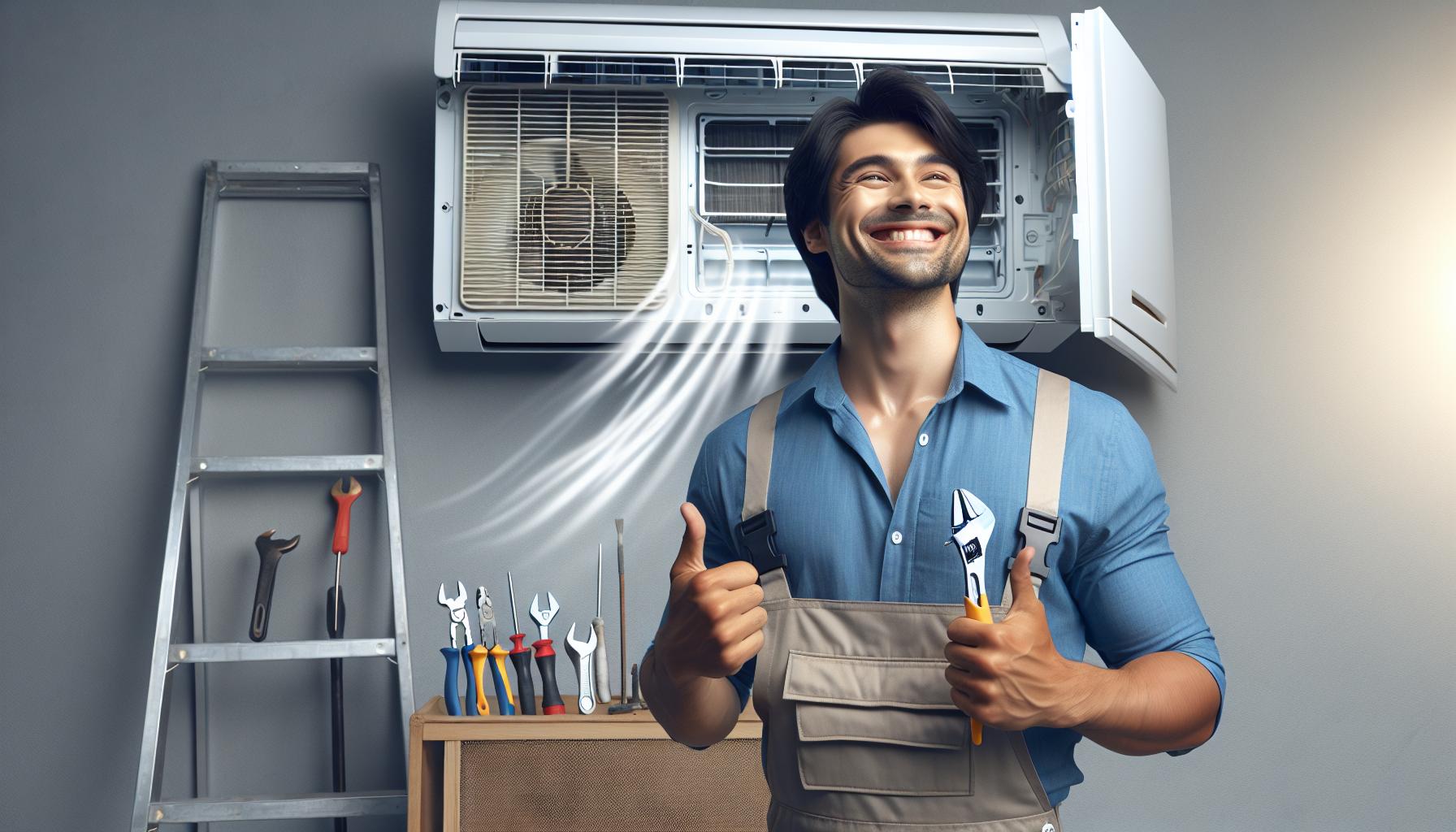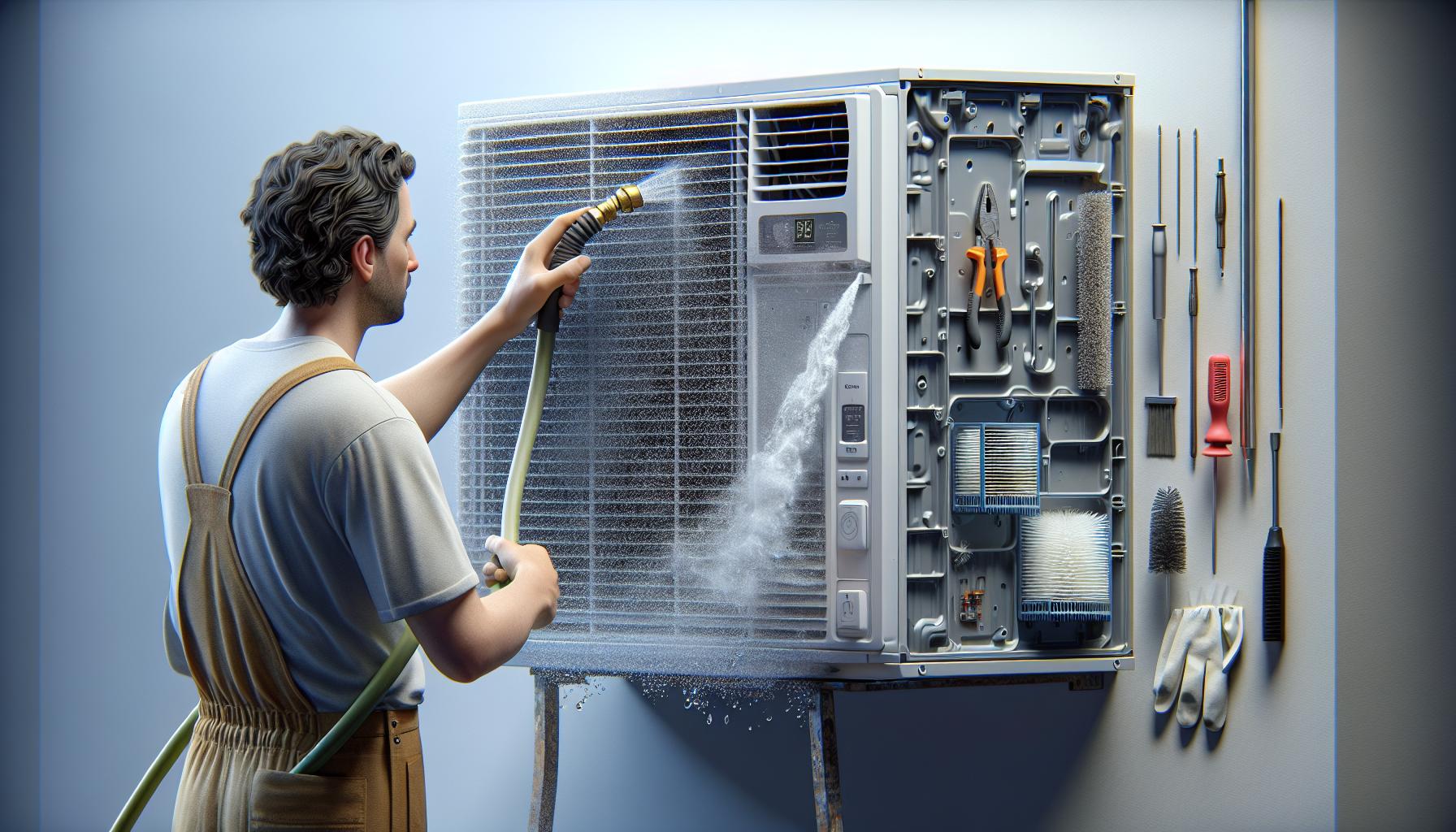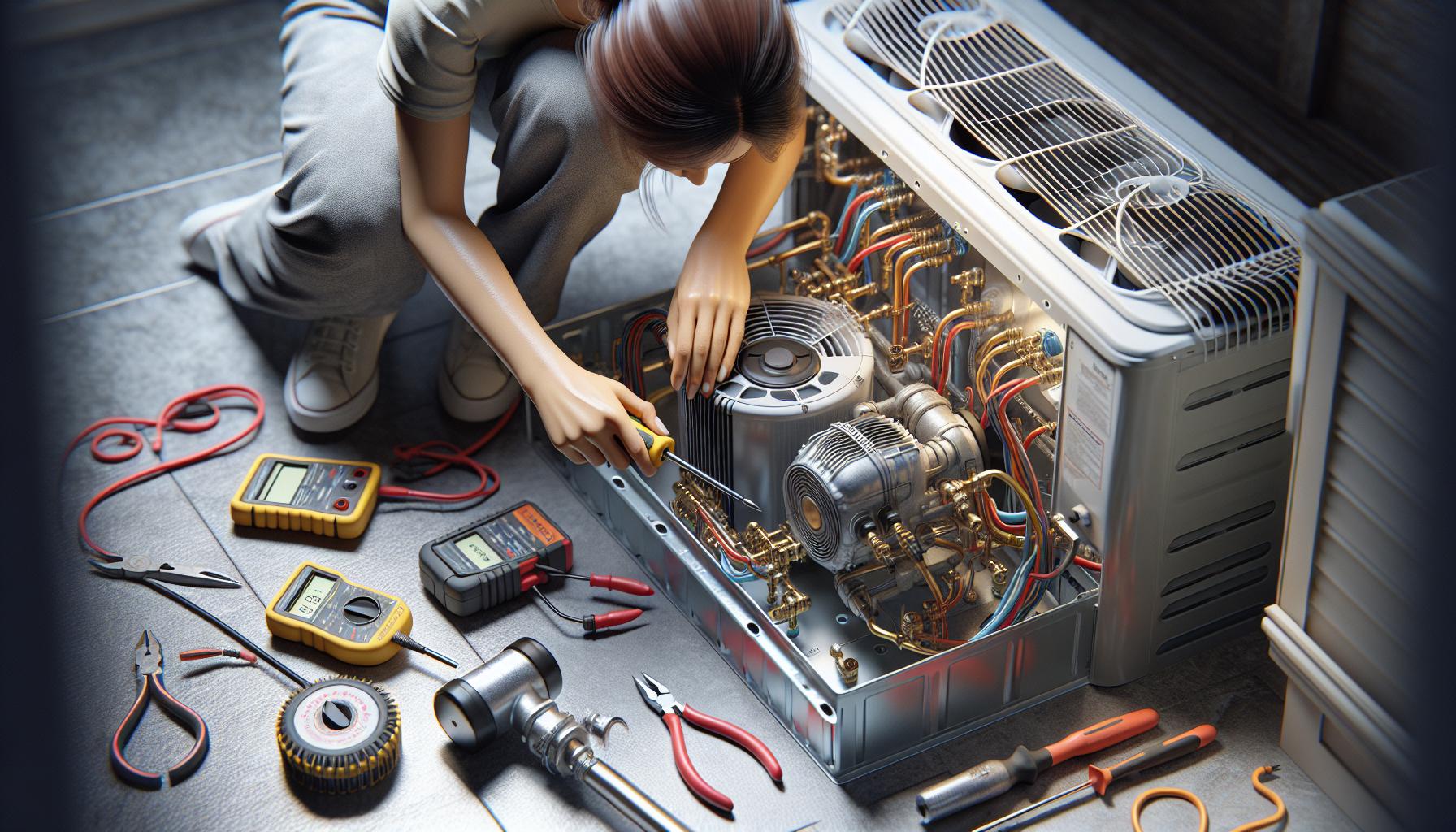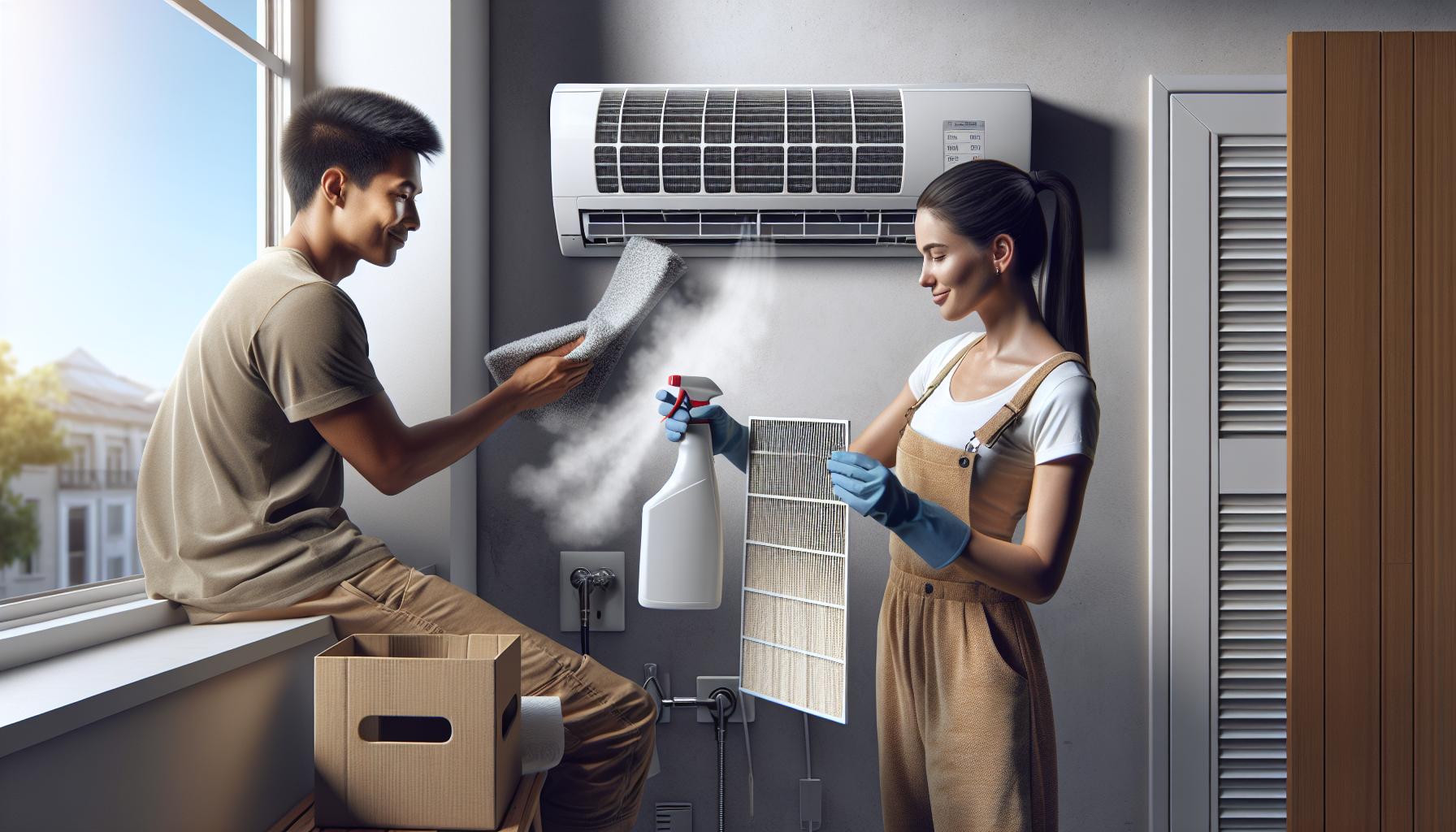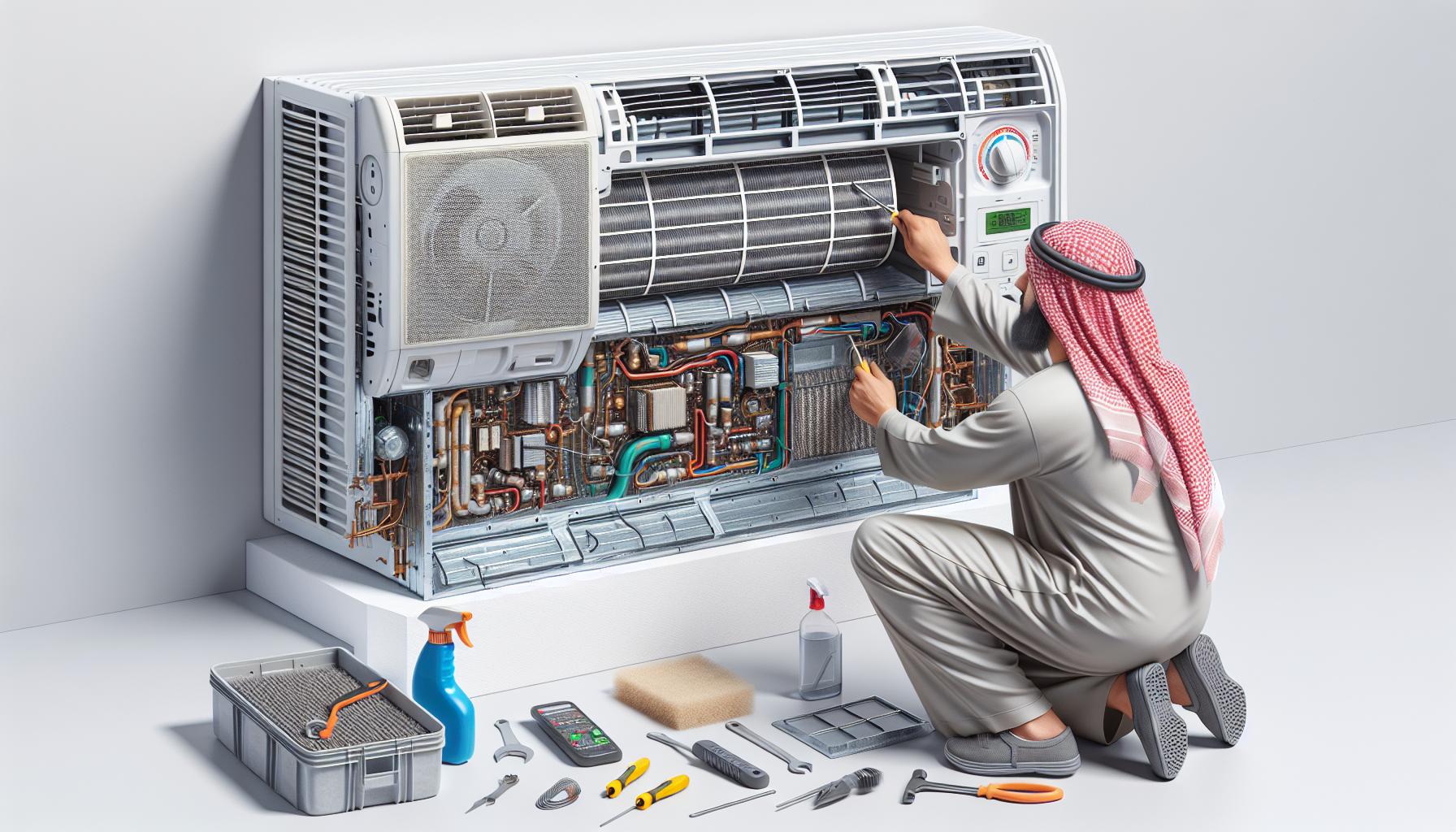Choosing the right furnace filter is crucial for maintaining your home’s air quality and keeping your heating system running smoothly. With a myriad of options on the market, it’s essential to know what to look for to ensure you’re making the best choice for your needs.
You’ll want to consider factors such as filter size, type, and MERV rating to effectively trap dust, pollen, and other airborne particles. In this article, you’ll discover how to navigate these choices and find the perfect filter to keep your home comfortable and your air clean.
Factors to Consider When Choosing a Furnace Filter
When on the hunt for the right furnace filter, you’ll quickly realise that not all filters are created equal. Your selection will greatly impact the air quality in your home and the efficiency of your heating system. But don’t fret; you’re about to learn precisely what to keep an eye out for to make an informed decision.
Understand MERV Ratings
MERV stands for Minimum Efficiency Reporting Value, and it’s a standard that rates the overall effectiveness of air filters. Simply put, a higher MERV rating means finer filtration, trapping more dust, pollen, and other particles.
| MERV Rating | Particle Size Trapping Capability |
|---|---|
| 1-4 | Pollen, Dust Mites, Spray Paint Dust |
| 5-8 | Mold Spores, Hair Spray, Cement Dust |
| 9-12 | Humidifier Dust, Lead Dust, Auto Emissions |
| 13-16 | Bacteria, Tobacco Smoke, Sneezes |
Consider the Size and Fit
Make sure the filter fits perfectly. An ill-fitting filter can cause air to bypass the filter altogether, basically rendering it useless. Check your furnace manual or existing filter for size recommendations.
Filter Types Matter
- Fiberglass Filters: Affordable but with lower MERV ratings.
- Pleated Filters: Higher efficiency, better at trapping small particles.
- HEPA Filters: The gold standard for residential use capable of removing at least 99.97% of dust, pollen, mold, bacteria, and any airborne particles.
Factor in Your Lifestyle
Allergies, pets, and general sensitivity to air quality should play a crucial role in your choice. If you’ve got pets or suffer from allergies, consider a filter with a higher MERV rating.
Think About Maintenance
Lastly, consider how often you’re willing to change your filter. High-performance filters capture more debris, which might require more frequent changes. Balance air quality needs with maintenance capabilities to avoid overburdening yourself.
Remember, the right furnace filter does more than just purify your air; it can extend the life of your furnace by preventing dust and debris from clogging up the system. Armed with this knowledge, you’re well-equipped to choose a filter that will maintain a clean and comfortable home environment.
Understanding Different Filter Sizes
When you’re in the market for a new furnace filter, size really does matter. It’s crucial that the filter fits snugly in your furnace. A poorly fitting filter can cause air to bypass the filter entirely, leading to unfiltered air circulating through your home.
Exact measurements are your best friend in this process. Typically, furnace filters are listed by their nominal size, which is the rounded-up number of their actual measurements. For instance, a filter that’s actually 19 ½ by 19 ½ by ¾ inches will be labelled as a 20x20x1 filter. However, there’s a catch – the actual size may be up to a half-inch smaller than the nominal size.
Here’s how you measure:
- Length and width: Measure from the top-left to bottom-right of your current filter for the length and the top-right to bottom-left for the width.
- Depth: Most residential systems will use filters ranging from 1 to 5 inches in depth.
To assist you in understanding the common sizes available, here’s a quick breakdown:
| Common Nominal Size | Actual Size |
|---|---|
| 20x20x1 | 19.5×19.5×0.75 |
| 16x25x1 | 15.5×24.5×0.75 |
| 20x25x1 | 19.5×24.5×0.75 |
| 16x20x1 | 15.5×19.5×0.75 |
Remember, the first number is the length, the second is the width, and the last is the depth. Each filter should fit firmly in place without gaps.
Besides the size, make sure to also check the orientation of the air flow arrow on the new filter. This arrow should always point in the direction of the airflow, typically towards the furnace.
By choosing the correct filter size, you’re ensuring that the air passing through your system is being effectively cleaned, which in turn helps to maintain the efficiency of your furnace and the health of your indoor air. Keep in mind that while you can find universal or cut-to-fit options, these are typically not recommended because they may not provide the seal and filtration efficiency that specifically sized filters offer.
Exploring Types of Furnace Filters
When you’re on the hunt for the right furnace filter, you’ll encounter various types, each tailored to different needs and preferences. Fibreglass filters are the most basic and cost-effective choice. They’re designed to protect your furnace from larger particles, but they offer minimal air purification benefits.
Moving up in quality, pleated filters are constructed with more surface area to trap smaller particles. These are a go-to for homeowners seeking to improve their indoor air quality without a significant price hike. They’re renowned for balancing cost with performance.
If allergies or asthma are a concern, electrostatic filters could be your best bet. These utilise static electricity to attract dust, pollen, and other airborne irritants, making them ideal for households needing superior air quality.
For the utmost level of purification, HEPA filters stand ahead of the pack. Known for their use in hospitals and high-tech environments, they have the power to capture particles as fine as 0.3 microns.
Washable filters present an eco-friendly and economical option. While their initial cost is higher, they can be cleaned and reused multiple times, offering a long-term saving solution.
Here’s a quick snapshot of the filter types with estimated MERV ratings:
| Filter Type | MERV Rating Range |
|---|---|
| Fibreglass | 1-4 |
| Pleated | 5-13 |
| Electrostatic | 2-10 |
| HEPA | 17-20 |
| Washable/Reusable | 1-8 |
Remember, a higher MERV rating indicates better filtration performance, but it’s crucial to balance it with your furnace’s capability to maintain efficiency and airflow. Always check the manufacturer’s recommendation to avoid placing undue strain on your system.
You’ll also want to consider the filter’s thickness. Thicker filters, typically ranging from 4 to 5 inches, can provide superior filtration and require less frequent changes, but make sure they’re compatible with your furnace.
The Importance of MERV Rating
Understanding the Minimum Efficiency Reporting Value (MERV) rating is central to choosing the ideal furnace filter for your home. This rating determines how effectively a filter can capture particulates ranging from dust to bacteria. It’s critical you choose a filter with a MERV rating that aligns with your indoor air quality needs.
Filters with a higher MERV rating will trap smaller particles, which can significantly improve indoor air quality. Consider these specific advantages of higher-rated furnace filters:
- Reduced Pollen and Dust: Effective for allergy sufferers.
- Enhanced protection against mold spores and dust mite debris.
- Better capture rates for smoke and smog.
However, it’s not just about picking the highest MERV rating available. It’s about balancing air filtration quality with your furnace’s airflow capabilities. A filter with a MERV rating too high for your furnace can restrict airflow, leading to system inefficiency or damage.
To illustrate, a MERV 8 filter provides good filtration for common household dust and debris, while MERV 11 and 13 are effective for those with allergies or respiratory conditions. If you’re seeking to trap virus carriers or micro-allergens, a MERV 16 filter might be suitable, provided your furnace can support it.
Regular air quality assessments and understanding seasonal changes in your region can influence your MERV rating choice. For example, during pollen season, you might opt for a higher-rated filter to combat increased allergens in the air.
Bear in mind, the filter you select impacts not only your health and comfort but also the longevity of your furnace. Choosing the right MERV rating ensures that you protect your investment while securing a healthier living environment.
Tips for Selecting the Right Furnace Filter
When you’re on the hunt for the ideal furnace filter, there’s a handful of key points to consider that ensure you make a decision that benefits both your health and your wallet.
Know Your Furnace’s Requirements
First things first, check your furnace’s manufacturer guidelines. You’ll find the recommended MERV rating and filter size listed here. Stick to these specifications; veering too far from them could impede performance and may void warranties.
Consider Allergies and Asthma
If you or your family members suffer from allergies or asthma, you’ll want to invest in filters with a higher MERV rating. They’re adept at trapping smaller particles like pet dander, pollen, and dust mites, which are common triggers for respiratory issues.
- MERV 11 to 13 are considered efficient for homes with allergies.
- MERV 14 to 16 are typically found in superior residential or commercial buildings and can filter bacteria and virus carriers.
Measure Your Air Filter Slot
It’s quite simple to find the right size of the filter. Just grab a tape measure and jot down the exact dimensions of your current filter’s slot. Filters aren’t a one-size-fits-all deal, and a poor fit leads to reduced effectiveness and potentially higher energy costs.
Evaluate Lifestyle Factors
Your living circumstances play a significant role in selecting your filter. Households with furry pets, smokers, or high levels of foot traffic should consider more robust air filtration to maintain superior air quality.
Check the Filter Lifespan
Different filters come with varying life expectancies. Typically, fiberglass filters last up to one month, while high-efficiency pleated filters can serve you well for up to six months. Keep track of the lifespan and ensure you replace them as necessary to maintain peak performance.
By taking these steps, you can target a furnace filter that aligns with your specific needs and the demands of your living space, ultimately achieving a balance of air quality and furnace efficiency. Remember, regularly replacing your furnace filter is as critical as choosing the right one to begin with.
Conclusion
Choosing the right furnace filter doesn’t have to be daunting. Armed with the knowledge of your furnace’s requirements and considering your personal needs, you’re well-equipped to make an informed decision. Remember to measure your air filter slot accurately and take into account lifestyle factors that could affect your indoor air quality. It’s all about finding that sweet spot where air quality meets furnace efficiency. And don’t forget—the key to maintaining that balance is regular filter replacement. It’s a simple step that goes a long way in ensuring your home’s air is clean and your furnace runs smoothly. Now, you’re ready to select a furnace filter that will keep you and your furnace happy for seasons to come.
Related Posts:
- Understanding HVAC Filters: A Guide for Homeowners
- Understanding Central Heating and Cooling Systems…
- Slash Air Conditioner Costs: Tips to Enhance…
- Higher BTU Furnaces: Are They Better for Your Home?
- Understanding Furnace Installation: A Guide for Homeowners
- Furnace Cleaning Frequency: Maintain Efficiency &…
